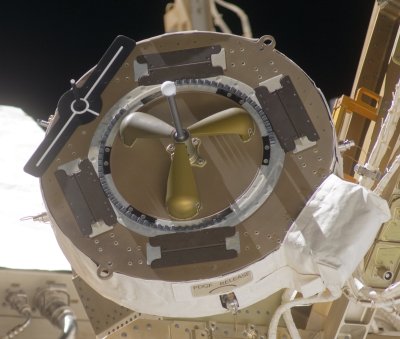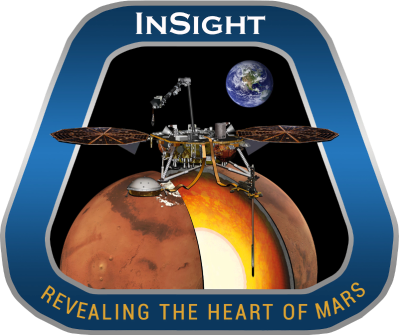
Imagine: you spent years training for a sojourn to the Moon, flew there on top of a Saturn V rocket as part of Apollo 16, to ultimately land on the lunar surface. You then spend the next few days on the surface, walking and skipping across the lunar regolith while setting up experiments and exploring per your mission assignments. Then, you pack everything up and blast off from the lunar surface to the orbiting command module before returning to Earth and a hero’s welcome. Then, decades later, you are told to your face that none of that ever happened. That’s the topic of a recent interview which [Jack Gordon] recently did with astronaut [Charles Duke].
None of these ‘arguments’ provided by the reality-denying crowd should be too shocking or feel new, as they range from the amount of fuel required to travel to the moon (solved by orbital mechanics) to the impossibility of lighting on the Moon (covered by everyone and their dog, including the Mythbusters in 2008).
Of course, these days, we have lunar orbiters (LRO and others) equipped with powerful cameras zoomed in on the lunar surface, which have photographed the Apollo landing sites with the experiments and footsteps still clearly visible. Like today’s crowd of spherical Earth deniers, skeptics will denounce anything that doesn’t fit their ill-conceived narrative as ‘faked’ for reasons that only exist in their fevered imaginations.
A common objection we’ve heard is that if we went to the moon back then, why haven’t we been back? The reason is obvious: politics. The STS (Shuttle) project sucked up all funding and the USSR collapsed. Only recently has there been a new kind of ‘space race’ in progress with nations like China. That doesn’t keep countless individuals from dreaming up lunar landing conspiracy theories to file away with their other truth nuggets, such as how microwaved and genetically engineered foods cause cancer, vaccines are another government conspiracy to control the population, and nuclear power plants can explode like nuclear bombs.
Perhaps the best takeaway is that even if we have not found intelligent life outside Earth yet, for at least a few years, intelligent life was the only kind on Earth’s Moon. We wish [Charles Duke] many happy returns, with maybe a casual return to the Moon in the near future as well, to frolic once more on the lunar surface.
Not that there hasn’t been a moon hoax, just not lately. If you want to watch the old Apollo video, it has been improved in recent years.
Continue reading “Lunar Landing Lunacy: Charles Duke Confronted With Reality-Deniers”



















